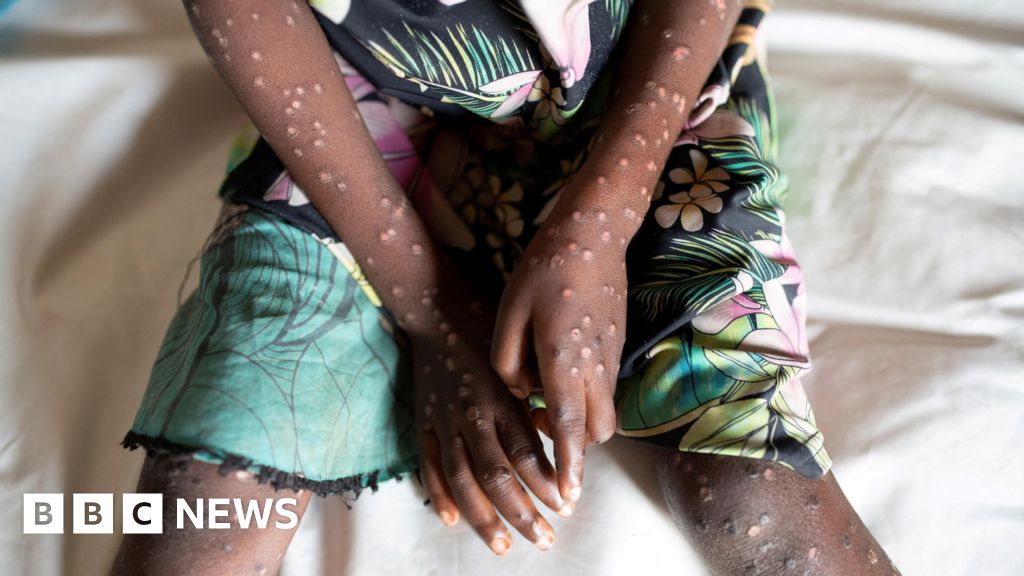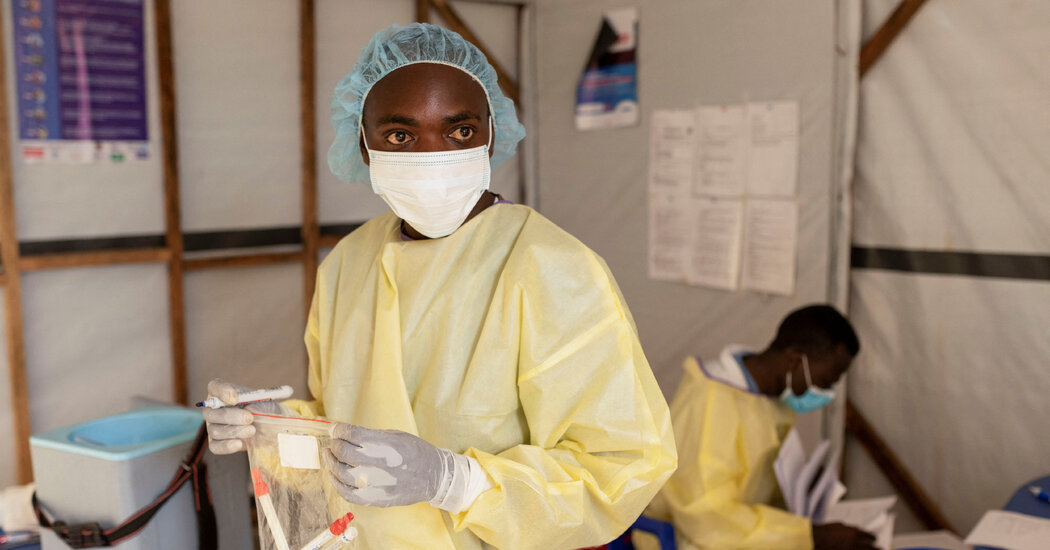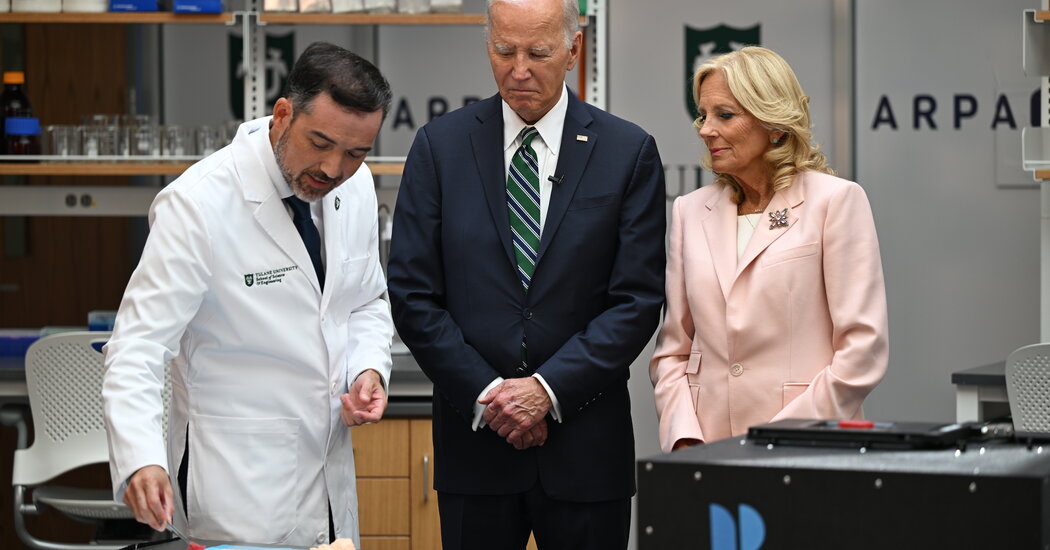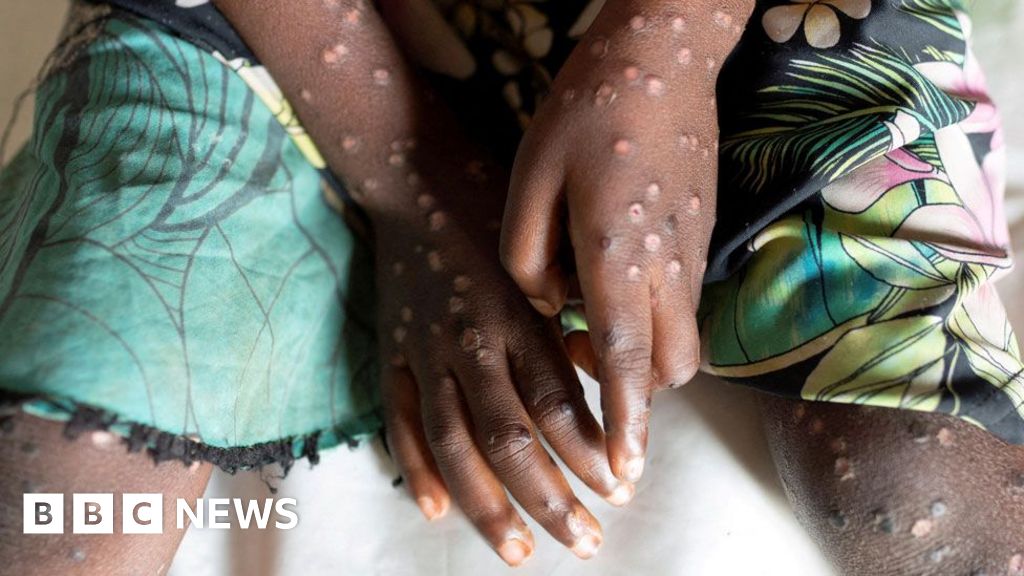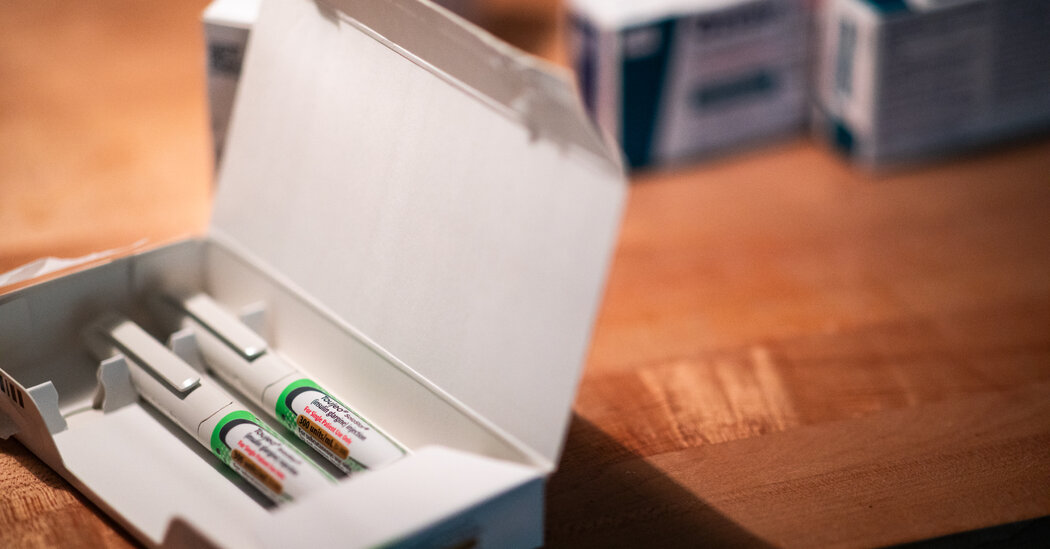In late 2018, after an otherwise-normal Christmas holiday, Laurie Beatty started acting strange. An 81-year-old retired contractor, he grew unnaturally quiet and began poring over old accounting logs from a construction business he sold decades earlier, convinced that he had been bilked in the deal. Listen to this article, read by Robert PetkoffOver the course of several days, Beatty slipped further into unreality. He told his wife the year was 1992 and wondered aloud why his hair had turned white. Then he started having seizures. His arms began to move in uncontrollable jerks and twitches. By the end of May, he was dead. Doctors at the Georges-L.-Dumont University Hospital Center in Moncton, the largest city in the province of New Brunswick, Canada, zeroed in on an exceedingly rare condition — Creutzfeldt-Jakob disease, caused by prions, misfolding proteins in the brain — as the most likely culprit. The doctors explained this to Beatty’s children, Tim and Jill, and said they would run additional tests to confirm the post-mortem diagnosis. Three months later, when the siblings returned to the office of their father’s neurologist, Dr. Alier Marrero, that’s what they were expecting to hear. Instead, Marrero told them that Laurie’s Creutzfeldt-Jakob test had come back negative. “We were all looking at one another,” Tim says, “because we were all very confused.” If Creutzfeldt-Jakob hadn’t killed their father, then what had? What Marrero said next was even more unsettling.“There’s something going on,” they recall him saying. “And I don’t know what it is.”Dr. Alier Marrero, a neurologist, reported more than 20 cases to a national monitoring program in Canada early in the outbreak.Brendan George Ko for The New York TimesIt turned out that Laurie Beatty was just one of many local residents who had gone to Marrero’s office exhibiting similar, inexplicable symptoms of neurological decline — more than 20 in the previous four years. The first signs were often behavioral. One patient fell asleep for nearly 20 hours straight before a friend took her to the hospital; another found himself afraid to disturb the stranger who had sat down in his living room, only to realize hours later that the stranger was his wife. We are having trouble retrieving the article content.Please enable JavaScript in your browser settings.Thank you for your patience while we verify access. If you are in Reader mode please exit and log into your Times account, or subscribe for all of The Times.Thank you for your patience while we verify access.Already a subscriber? Log in.Want all of The Times? Subscribe.
Read more →


